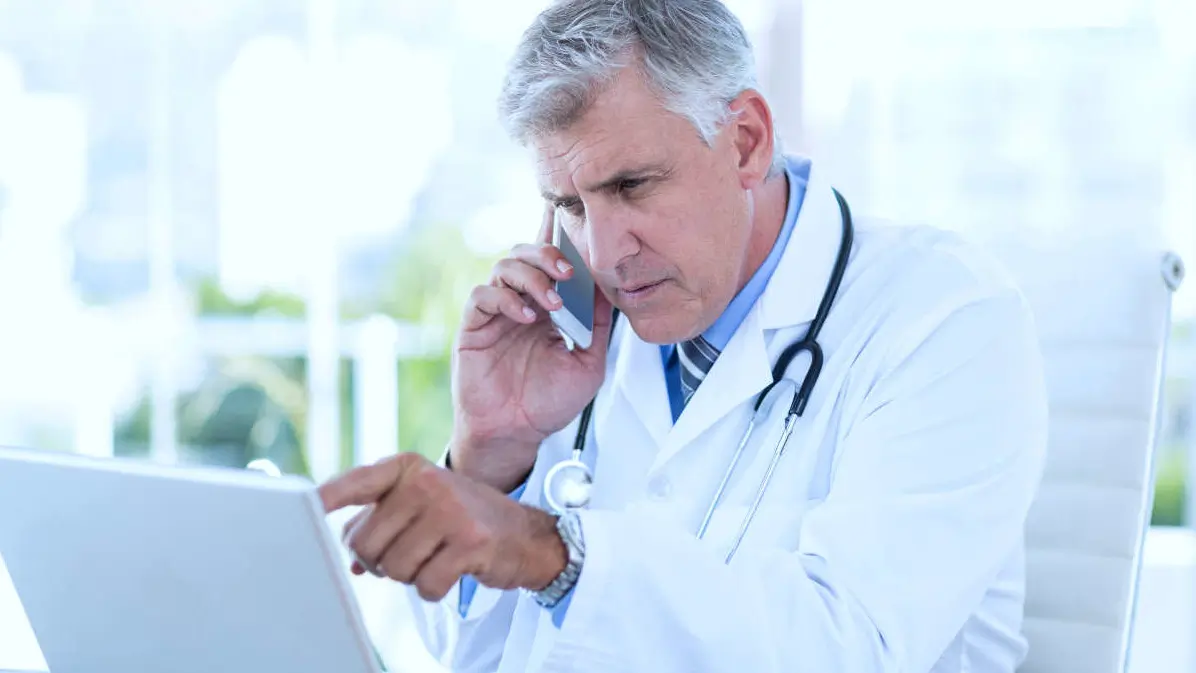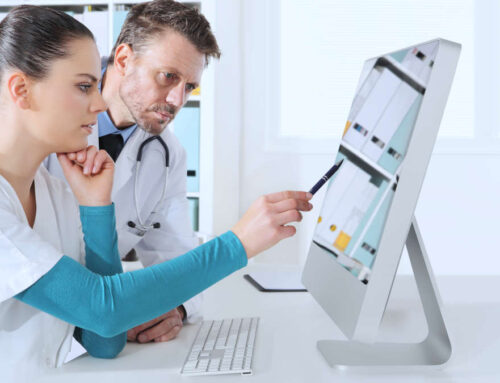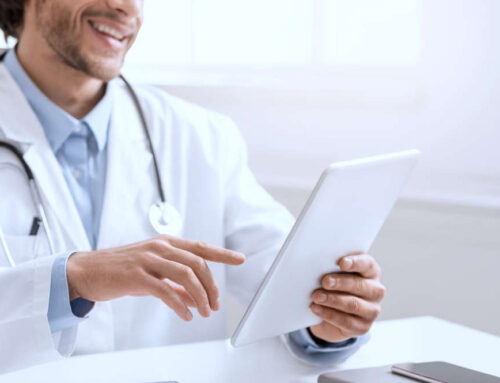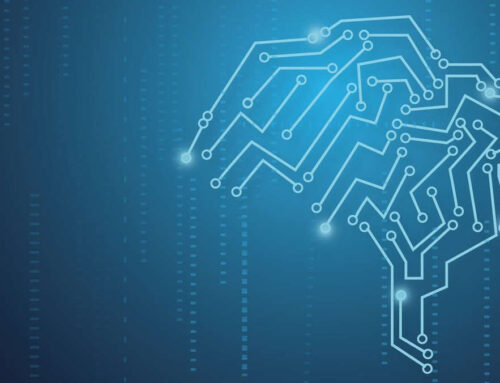Signal Detection plays a fundamental role in the constant monitoring of the safety profile of a drug. Through this analysis, it is possible to promptly identify possible signals of adverse effects associated with the use of a drug. Here’s what Signal Detection is and how it’s done.
What is Signal Detection?
Signal Detection is an analysis activity performed in pharmacovigilance for the identification of an unexpected result with respect to the safety profile of a drug. This is a continuous monitoring activity, which is performed throughout the life cycle of the drug, from the clinical development phase to marketing.
Signal Detection is the first of the Signal Management activities, a process of determining new risks or changes to known risks. According to module IX of GVP (Good Pharmacovigilance Practices), signal management consists of:
| Signal Management phases | Activities description |
|---|---|
| Signal Detection | Search and identification of the signal coming from the analysis of any inherent source. |
| Signal Validation | Evaluation of the data supporting the detected signal in order to verify that the documentation is sufficient to confirm the existence of a cause-effect relationship. |
| Signal Analysis and Prioritisation | Identify signals that need urgent handling. These include signals with important risks to public health or which influence the risk-benefit ratio of a drug. |
| Signal Assessment | Evaluation of the validated signal in order to determine any new risks, or changes thereof, with a causal association related to the drug and any consequent regulatory action. |
| Recommendation for Action | Check if further actions need to be taken. |
| Exchange of Information | Exchange of information between all stakeholders. |
Find out more here: Signal Management: the process phases
Origins of Signal Detection
Signal Detection has its origins during the Second World War, when the use of the first radars began to take hold. These instruments were not yet perfected and therefore signaled not only the arrival of enemy bombers, but also simply flocks of birds. Operators therefore had to learn to interpret and weight the signals deriving from the instruments to avoid elevating aircraft unnecessarily. They then began to evaluate the data on the basis of other information such as data from the airports from which the bombers took off or sightings along the route.
The application of Signal Detection in pharmacovigilance maintains the same principle: avoid irrelevant signals, promptly identify useful signals and above all use multiple sources to validate the data.
Signal Detection regulations
Signal Detection in pharmacovigilance is regulated at international and national level.
Internationally, Signal Detection is regulated by the WHO (World Health Organization), which provides guidelines for the surveillance and management of medicines. The WHO provides VigiBase, a database for international drug monitoring.
ICH (International Council for Harmonization of Technical Requirements for Pharmaceuticals for Human Use) has developed guidelines for the safety of medicines, including Signal Detection.
In 2010, the CIOMS (Council for International Organizations of Medical Sciences) issued the Report of CIOMS Working Group 165 VIII in Practical Aspects of Signal Detection in Pharmacovigilance.
In the United States, Signal Detection is regulated by the FDA (Food and Drug Administration) through the post-marketing drug surveillance system.
At European level, EMA (European Medicines Agency) has established guidelines for Signal Detection in pharmacovigilance, including Module IX of the GVP (Good Pharmacovigilance Practice).
Furthermore, EMA has set up EudraVigilance, an IT system for collecting reports of adverse reactions in Europe and EVDAS (EudraVigilance Data Analysis System), the system for analyzing the data collected in EudraVigilance.
In Italy, AIFA (Italian Medicines Agency) has published the guidelines for the surveillance of medicinal products, including Signal Detection, as part of the National Pharmacovigilance Plan. Directive 2010/84/EU – Section 3, Article 107 nonies and EU Implementing Regulation n.520/2012.
Why is Signal Detection performed in pharmacovigilance?
The drugs marketed come from at least seven/ten years of studies, necessary to obtain marketing authorisation. However, these studies are not sufficient to reproduce the wide variability of situations that can occur once the drug is used by the population, as they are carried out in a limited period of time and in well-controlled experimental conditions. Therefore, through pharmacovigilance, it is essential to continue monitoring adverse reactions even after marketing, looking for potential signals to promptly identify possible risks and implement the necessary corrective actions.
What is a pharmacovigilance signal?
A pharmacovigilance signal is a more or less strong hypothesis of a possible correlation between a drug and an adverse event that emerged from the analysis of one or more sources. A signal is not sufficient to establish a causal relationship between the drug and the event, but indicates the need for further investigations to clarify the observed association. Evidence of signal may be a previously unknown risk, an increase in the frequency or severity of risk, or the identification of a new risk group.
How many signals does it take to generate a signal?
The number of reports necessary to generate a signal varies according to the seriousness of the case, the quality of the information and possible evidence from other sources. In some exceptional cases, however, a single notification may be sufficient, as in the case of a positive rechallenge.
The sources of pharmacovigilance signals
Pharmacovigilance signals can come from different sources such as:
- Clinical studies. The data is characterized by low number and high reliability.
- Scientific literature (case-reports and systematic reviews). Like clinical studies, they are characterized by low numbers and high reliability. Also, often only new and egregious cases are published, so they are limited.
- Spontaneous reports. They have a high number and a fairly good reliability. However, they may be subject to under reporting or duplication.
- Cases from healthcare databases. Common databases are large and highly reliable. In particular, it is mandatory for MAHs to continuously monitor in EudraVigilance the reports relating to their drugs for Signal Detection purposes.
- Other sources (market research, analysis of drug consumption and social media). Reliability is low, but the number is high. Medical analysis and follow-up implementation are difficult.
Signal Detection: how to perform it
Signal Detection is performed by analyzing the data deriving from the aforementioned sources and can take place through:
- Qualitative analysis. It is usually carried out on small samples of cases or on single cases if the event is serious, unexpected or of particular clinical relevance, for example for rare diseases. This type of analysis, also called “Case by case” could also take place manually without the use of specific software.
- Quantitative analysis. It is carried out on large samples of data mainly through computerized tools such as safety databases and business intelligence. It mainly uses analyzes based on statistical methods, in particular those of disproportionality. Among the most common, the Proportional Reporting Ratio (PRR) or the Reporting Odds Ratio (ROR).
Signals of Disproportionate Reporting (SDR)
The signals that emerge from the use of statistical methods are called Signals of Disproportionate Reporting (SDR). These, being results of purely statistical analyzes and devoid of any medical evaluation, simply reflect a reporting trend. Therefore, they can only be treated as potential signals that require critical evaluation taking into account other factors such as the biological plausibility of the association and the consistency of the available safety data.
What to do after a potential signal has been identified?
Upon identification of a potential signal, the Mah must proceed with the Signal Validation in order to confirm or not the existence of a cause-effect relationship.
How a safety database can help you perform Signal Detection
Assuming that the collection of data from adverse events within a safety database protects the pharmacovigilant from the risk of errors or omissions of information, a well-designed safety database, such as SafetyDrugs, must provide for the possibility of entering the indication of a possible signal. In this way the doctor, during the phase of evaluating the causal link between drug and reaction, will be facilitated in noting down a suspected signal. Consequently, this information must be able to be extracted in the reports necessary for an analysis for Signal Detection purposes, to speed up the subsequent Signal Validation process.
The Business Intelligence option, available in the most advanced database packages, allows data to be analysed for Signal Detection purposes using quantitative analyses based on indicators of statistical disproportionality such as the Reporting Odds Ratio (ROR), the Proportional Reporting Ratio (PRR) and the Risk Ratio (RR).







